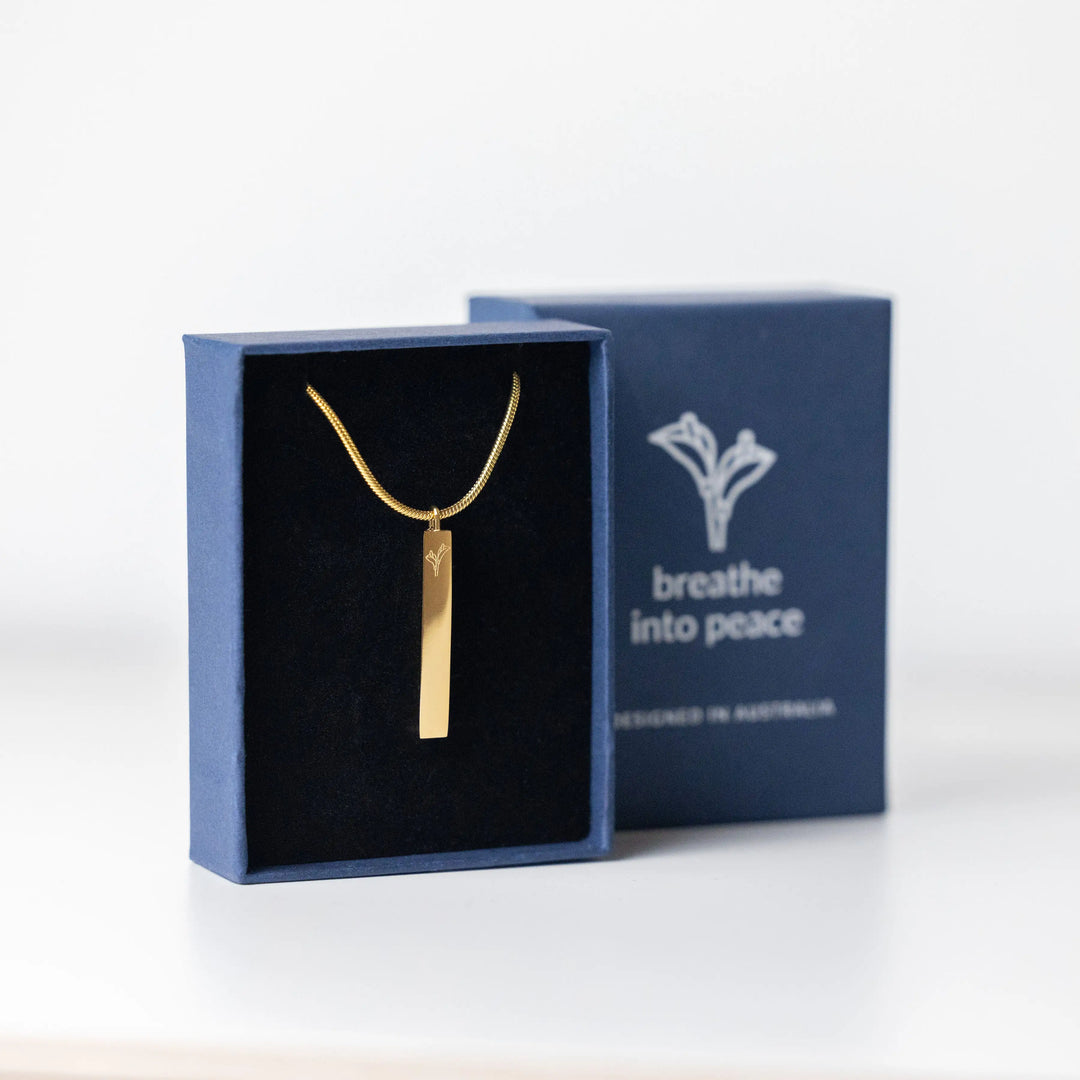Breathing Exercises for Daily Wellness: A Breathwork Guide
Do you ever feel like you're constantly racing against the clock, juggling too many things at once, and struggling to keep your head above water? Like you're constantly on the go and can never seem to catch a break.
You're not alone. The number of people struggling with stress and anxiety has reached epidemic proportions, and breaking free from their grip can be challenging.
But what if there was a revolutionary way to reduce stress and anxiety without relying on medication or other external interventions? If so, breathwork might be just what you need.
Breathwork is a simple but powerful way to calm your mind and achieve a more peaceful state of being.
In this post, we'll discuss what breathwork is, how it works, and how you can start incorporating breathing exercises into your life, so read on to learn more about this transformative practice.
What Is Breathwork, And How Does Transformational Breathing Work?
Like most people, you don't spend much time thinking about your breath. Breathing is an automatic process without you having to think about it, so it's easy to take for granted. However, how you breathe can profoundly impact your physical and mental well-being because breathing is also interconnected with our emotions and nervous system.
When you are physically or emotionally stressed, this can affect your breath. You may start to breathe more shallowly or even hold your breath without realizing it.
This can lead to further stress and tension in the body, creating a cycle of imbalance. You may experience anxiety, insomnia, and fatigue.
Breathwork is a name used to describe a range of breathing techniques that focus on regulating your breath. These breathing techniques can range from simple exercises to more complex meditations.
When done correctly, breathwork can help calm our stress and balance our bodies. As a result, breathwork can be an extremely effective tool for improving our overall health and well-being.
The Benefits Of Breathwork For Overall Wellness
Breathwork can help to reverse the effects of stress by slowing down the breathing rate and promoting deep abdominal breathing. As a result, this allows the body to enter a state of relaxation. Some of the benefits of breathwork include:
- STRESS RELIEF - When stressed, your body goes into fight-or-flight mode, which triggers a release of cortisol, the stress hormone. Cortisol can contribute to feelings of anxiety, irritability, and difficulty concentrating. Breathwork can help to reduce stress levels and calm the mind quickly.
- IMPROVED CARDIOVASCULAR HEALTH - Deep breathing helps increase the oxygen supply to your heart and lungs, reducing blood pressure and improving circulation.
- PAIN RELIEF - Deep breathing activates the body's natural painkillers (endorphins). Endorphins connect with the receptors in your brain that control pain perception. As a result, deep breathing can help to relieve pain naturally.
- BOOSTED ENERGY LEVELS - When you breathe deeply, it helps to increase the supply of oxygen to your cells. This can leave you feeling more alert and energetic.
- ENHANCED BRAIN FUNCTION - Breathwork strengthens the connection between your brain's left and right hemispheres. This can lead to improved focus, concentration, and memory function.
- INCREASED SENSE OF WELL-BEING - Breathwork can help to reduce symptoms of anxiety and depression by promoting feelings of calmness and peace. Deep breathing has also been shown to boost self-esteem and self-confidence.
- IMPROVE SLEEP QUALITY - breathwork can also improve your sleep quality. Studies have shown that people who practice breathwork regularly have less trouble falling asleep and staying asleep for longer. This is because breathwork helps to promote relaxation and reduce anxiety levels. As a result, you're more likely to fall asleep quickly and stay asleep throughout the night.
The Different Types Of Breathwork Exercises (And Why You Should Be Doing Them)
There are various types of breathwork exercises out there, each with its own set of benefits. That's why it's essential to learn different breathwork exercises and make them a part of your daily routine.
Not sure where to start? Below are four different types of breathwork exercises to help get you started.
4-7-8 Breathing
- breathing is another excellent way to promote relaxation while also helping to improve our sleep quality. This breathing technique gets its name from the counts used for each part of the breath. To do the exercise: Sit or lie comfortably with your hands resting on your lap or side.
- Breathe slowly through pursed lips for a count of four, then hold your breath for seven counts before exhaling slowly through pursed lips for eight counts while making a whooshing sound
- Repeat this cycle several times until you feel more relaxed.
Belly Breathing Or Diaphragmatic Breathing
Belly breathing is a type of deep breathing that's said to help improve your lung capacity and relax your body. To do this:
- Place your hand on your stomach - just below your navel
- As you inhale deeply through your nose, allow your belly to expand beneath your hand (rather than your chest).
- Exhale slowly through pursed lips as you allow your belly to fall back toward your spine.
- Repeat this cycle for up to six minutes.
Alternate Nostril Breathing
Alternate nostril breathing is a popular breathwork exercise in yoga and meditation circles. This type of breathing helps improve our focus and concentration while promoting relaxation. To do the exercise:
- Place your thumb over your right nostril, then breathe in through your left nostril.
- Hold your left nostril closed with your ring finger and pinky while you release your right thumb and exhale through your right nostril.
- Repeat this cycle for several minutes, alternating sides with each inhale and exhale.
Box Breathing
Box breathing, also called square breathing, is a type of breathwork
exercise that can be done anywhere, at any time. To do the exercise:
- - Breathe for a count of four and hold your breath for a count of four.
- - exhale for a count of four, and then hold your breath again for a count of four.
- - Repeat this cycle a few times and feel your stress levels decrease.
5 Tips For Getting The Most Out Of Breathing Exercise
By following these leads, you will get the most out of your breathwork practice and experience all the benefits this outstanding practice offers.
- Get Comfortable When Starting: It's crucial to find a position that feels comfortable and sustainable for the duration of your practice. If you're doing breathwork lying down, align your spine so that your back is supported, and your neck must be straight and in line with the rest of your body. You can use a pillow under your knees for added support. If you're sitting up, ensure your spine is straight, and your shoulders are relaxed. Sit on the floor cross-legged or in a chair with your feet planted firmly on the ground.
- Background Music: Put on some relaxing music Or whatever type of music you find calming. This will help you to relax even more and get into a deeper state of meditation.
- Use A Timer: Breathwork can sometimes make people feel lightheaded or dizzy. Using a timer is essential, so you don't overdo it and end up feeling worse instead of better.
- Drink Plenty Of Water Afterward: Breathwork expels toxins from your body and can cause you to feel dehydrated. Drinking plenty of water afterward will help you to avoid any adverse side effects from the practice.
- Be Patient With Yourself: Like any new practice, breathwork takes time to get good at — so be patient with yourself! If your mind wanders during practice, notice where it went and gently bring it back to focus on your breath again. Regular practice makes it easier and easier to focus on nothing but your breath for extended periods.
How Breathe Into Peace Breathing Necklace Makes Breathwork Easier Than Ever.
The necklace trains you to breathe deeply and prolong your exhalations. This simple change in your breathing pattern can profoundly affect your overall health. Deep breathing oxygenates your blood and helps to flush out toxins. It also relaxes your muscles and mind, reduces stress levels, and improves your concentration.
Plus, using breathe into peace breathing necklace helps you build better breathing habits. This necklace helps remind you to take deep breaths throughout the day and is a great way to incorporate breathwork into your everyday routine. The necklace is also a reminder to relax and take a few minutes for yourself each day.
Breathe into peace breathing necklace is an excellent tool for beginners who want to learn how to breathe correctly, and experienced breath workers can also use it to deepen their practice.
ORDER NOW
To conclude: Breathwork is a powerful way to improve your health and well-being. It can help you feel more energized, focused, and relaxed. There are various types of breathwork exercises that you can try, so find the breathing techniques that work perfectly for you and stick to them. And don't forget to take some deep breaths throughout your day – it's one of the simplest ways to improve your health! How has breathwork benefited you? Comment below.





I really appreciate your succinct and straightforward explanation of the benefits of using breathwork for recovery. It gives me a valuable understanding of what to expect and how it can enhance my journey.
Leave a comment